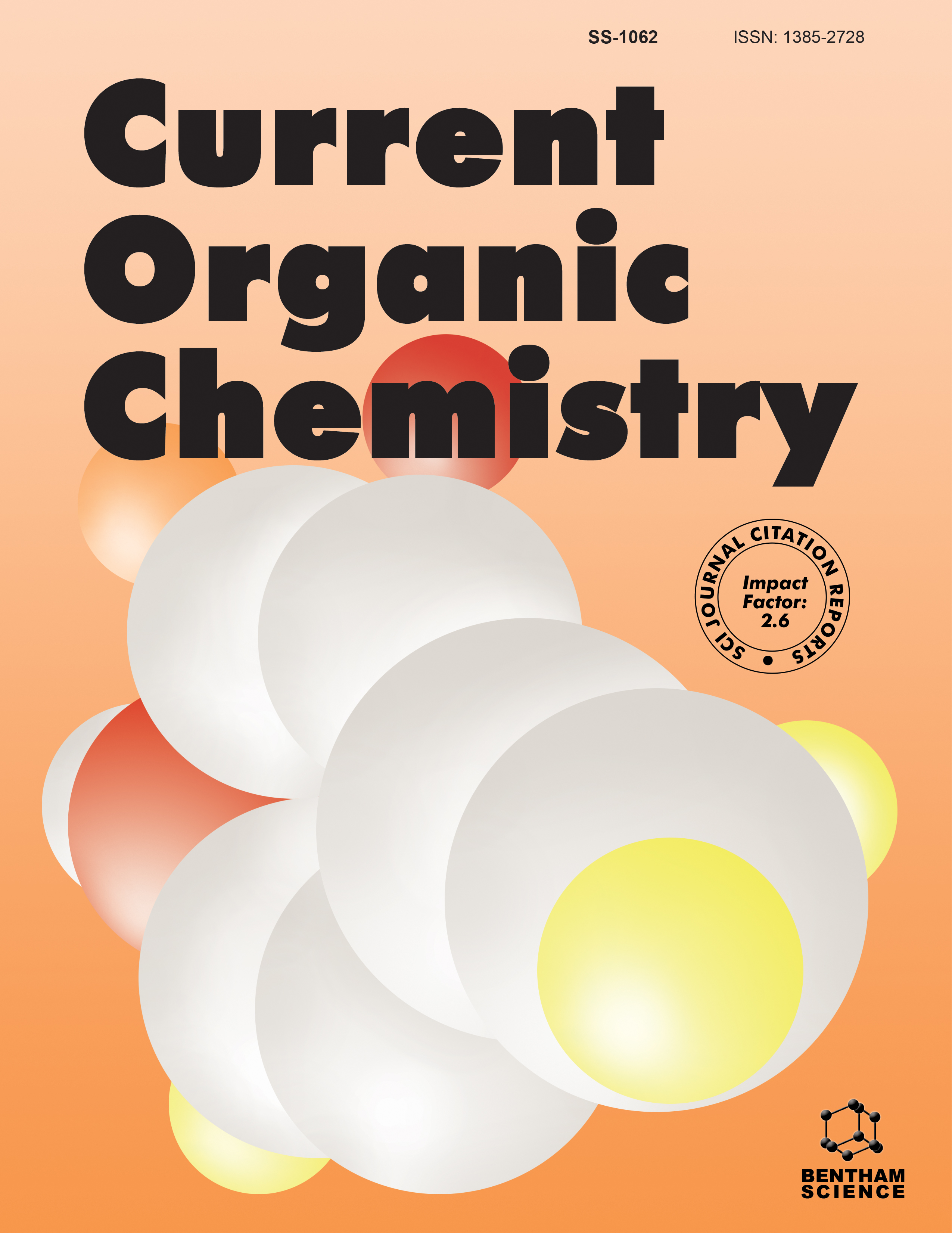
Full text loading...
We use cookies to track usage and preferences.I Understand
A series of 4-thiazolidinone was synthesized and characterized by means of TLC, melting point, and spectral data like IR, 1H NMR, and Mass spectra. The anti-inflammatory activity of the synthesized compounds was determined via in vivo studies. The antioxidant properties of the synthesized compounds were determined by carrageenan-induced rat paw edema model. The synthesized compounds (A1-A14) showed significant anti-inflammatory and antioxidant activities. The most promising results for both antioxidant and anti-inflammatory activity were exhibited by compound A8 which may emerge as a potent anti-inflammatory agent with potential free radical scavenging activity. Molecular docking studies were carried out to determine the interaction of compounds into the active site of COX-2 inhibitor (PDB ID: 3LN1), which suggested compound A8 to have the best docking score by showing interactions with ASP483 and LYS478.

Article metrics loading...

Full text loading...
References


Data & Media loading...
Supplements

